The 4 seasons
of the 2024 vintage
Tasting this 2024 vintage will call on all your senses: sight, smell, taste… but also your hearing. The 2024 vintage is best discovered with music.
Tasting suggestion: place your freshly-pressed Teskey Brothers record on the turntable, settle into an armchair by the window, and listen to the patter of the rain.
The Teskey Brothers – Rain
Act 1
Springtime in parkas
Key figure: 900. That’s the number of millimetres of rain which fell on our vineyard between October 2023 and March 2024. Followed by 400 more between April and September. That, ladies and gentlemen, is the all-time record. When spring came around, our team had some choices to make on the fashion front: they opted to stick with the autumn-winter collection, wrapped up in woolly jumpers and waterproof parkas to keep out the rain.
Protecting the vines was a different story altogether. The growing season was struggling to get going, and the health of the vines was at risk. The seemingly constant rain – combined with the warming effect of the two great bodies of water that surround us (the Gironde Estuary and the Atlantic Ocean) – kept humidity levels high.
Coulure (shot berries), abnormal fruit set (full or partially withered grapes), mildew – every grape variety was affected, Merlot most of all – and the predicted yields were already looking low.
Our decision to switch to organic agricultural practices in 2021 has certain consequences, of which we are well aware: we have to be prepared for pressure from parasites. But that doesn’t mean we have to take it sitting down. Our ability to adapt and adjust is one our greatest assets. Recent vintages (2018, 2021, 2022) have demonstrated the importance of cover crops, not just to boost the strength and resilience of the vines, but also to help bear the weight of our tractors. In 2024, unusually, we applied the first copper treatments as soon as the first leaves began to appear on the vines. That was the first round of many, with the tractors heading back out whenever they were needed, which is to say often, taking us right to the limits of what organic agriculture allows.
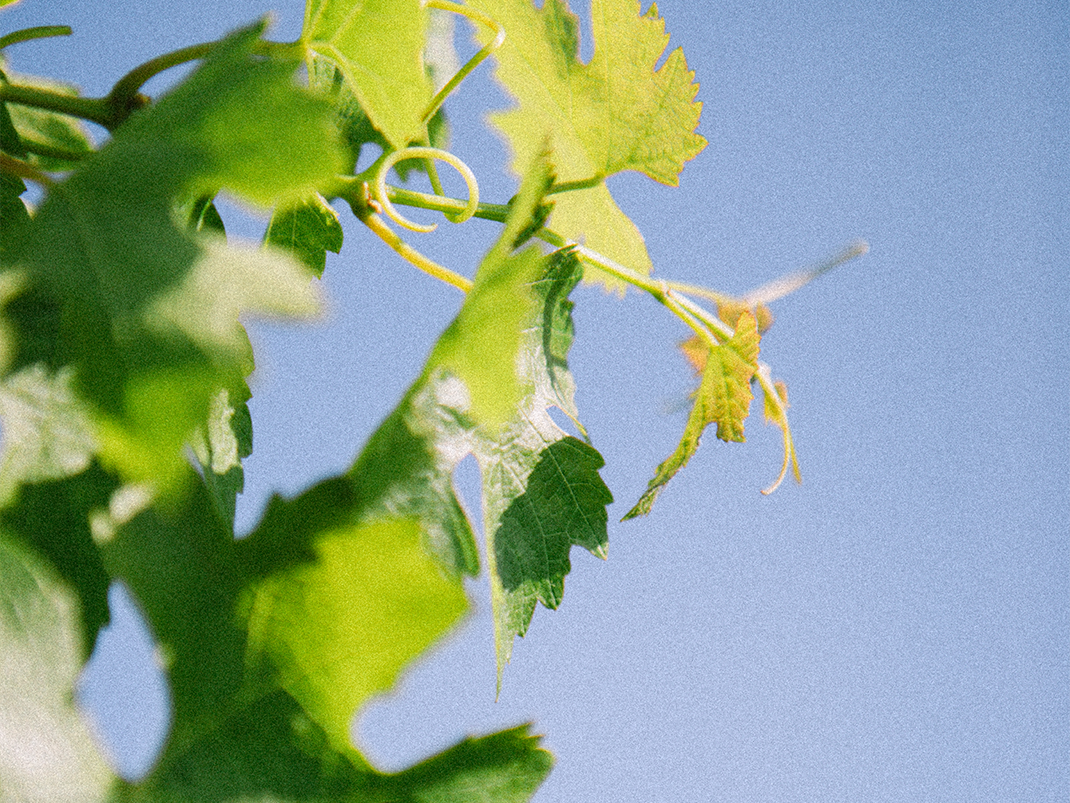
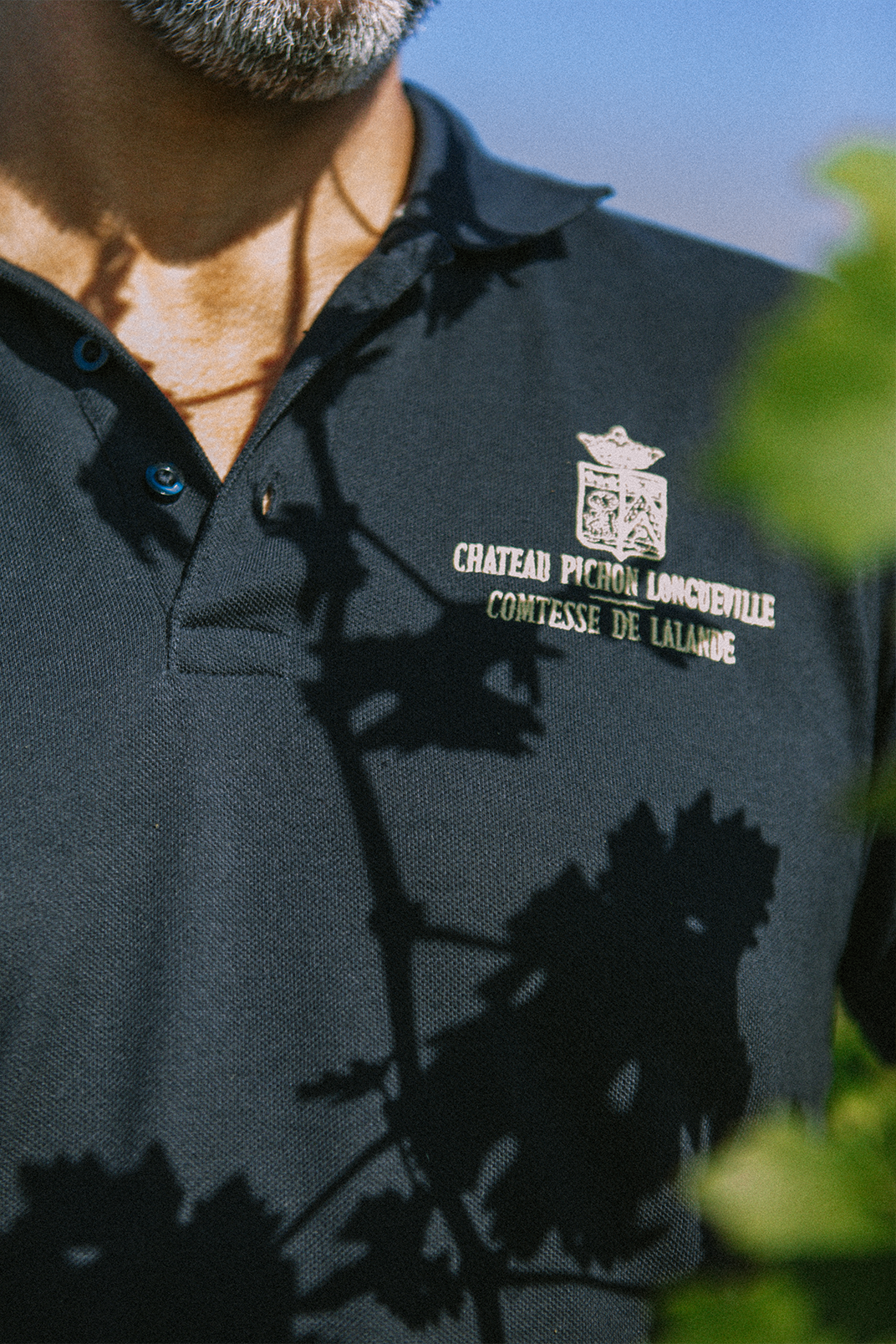
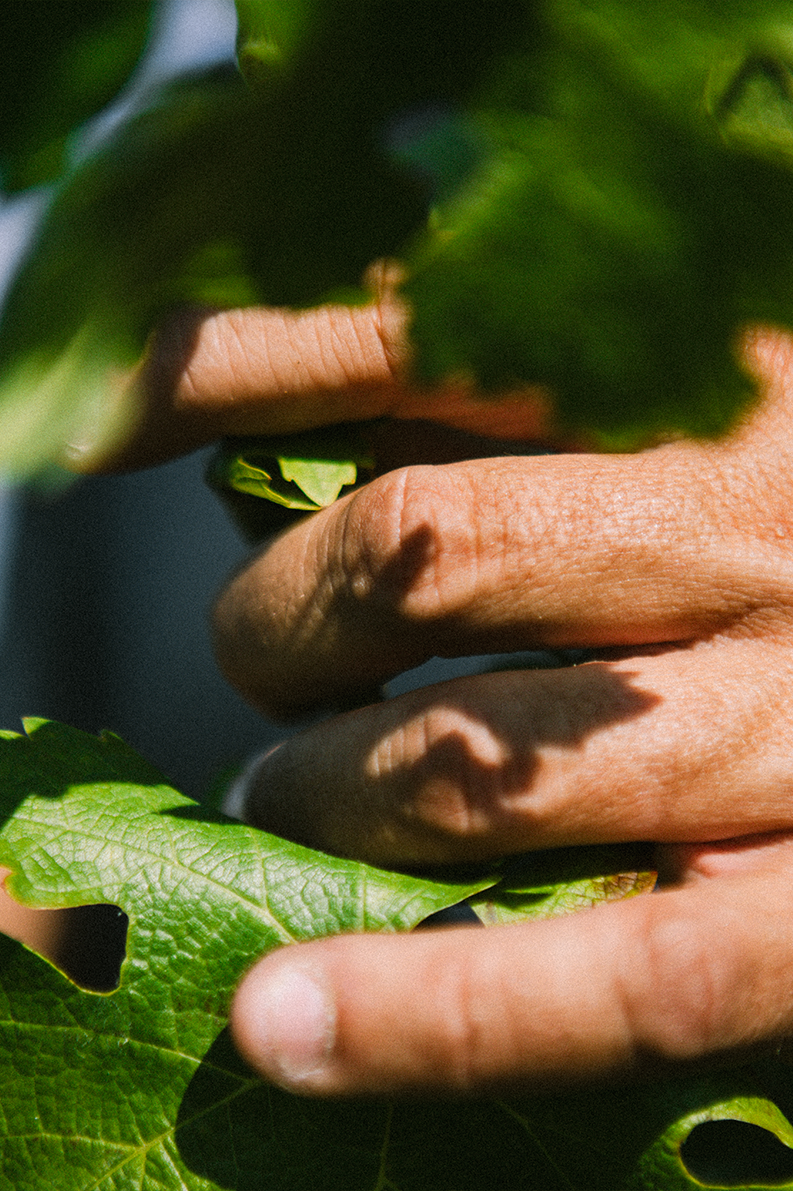

Act 2
A summer break
The growing season was still proceeding at a snail’s pace, and the gap between flowering and fruit set seemed to stretch on forever, from early June to mid-August. In mid-July, summer finally arrived. For a few weeks all was right with the world, with dry, sunny conditions prevailing until the end of August. Hardly tropical temperatures, sure, but enough to ripen the grapes.
But that period of tranquillity was to be short-lived… September was back to school time, bringing with it yet more rain. We had hoped for an Indian summer; what we got was more like a cowboy on a bucking bronco, a wild and unpredictable ride, eyes glued to the changing moods of the autumn skies. Chaos in the seasonal cycle seems to be a speciality of years with 13 full moons…
The extra water caused the berries to swell, so much so that we feared they would burst. Lurking in the pale shadows cast by the lacklustre sunlight, our old friend Botrytis cinerea was ready to sneak in and spoil those sweet juices… In fact, during our daily tastings in the vineyard, the juices did seem to have more acidity than usual. Was this because they lacked ripeness? Or was this freshness just characteristic of the vintage? We had to put such questions to one side in order to focus on the phenolic ripeness of the grapes and the structure of the tannins in the seeds. The challenge was to predict the future, drawing from the depths of our respective memories… 1998, 2008, that’s the trail we needed to follow! Because harvest time was upon us, and the grapes were in good shape.
Act 3
Autumn, drop-by-drop
The grape varieties were ripening at an even pace, which allowed us to concentrate all the picking between 23 September and 9 October. That was two weeks later than the two most recent harvests; which, admittedly, were remarkably early.
Alas, just as we were thinking that the volume of fruit seemed to be close to average, many bunches turned out to have shot berries. Weighing the harvest revealed the extent of the loss, which exceeded the initial estimates made during the growing season.
Nevertheless, once the grapes had been sorted, the rude health of the remaining fruit gave us reason to be cheerful. Once again, the Cabernet Sauvignon vines demonstrated their ability to adapt. Our most promising Merlots fulfilled the hopes placed in them, bringing a grace, smoothness and fleshy texture which are all integral to the silken charm of Pichon Comtesse. And of course, the Cabernet Franc adds some spice. It’s that indescribable something, that fresh, infinitely subtle note of mint or aniseed.
But that all depends on getting the fermentation process just right, revealing optimal ripeness and quality. Once again, adaptation was the name of the game. It was all about reining in our enthusiasm, remembering to proceed with caution. Less is more, we soon realised: more maceration, less extraction.
Finesse, precision… Slowly but surely, some pleasant surprises began to reveal themselves. Not least when it came to alcohol levels. Average after fermentation: 12.8%.
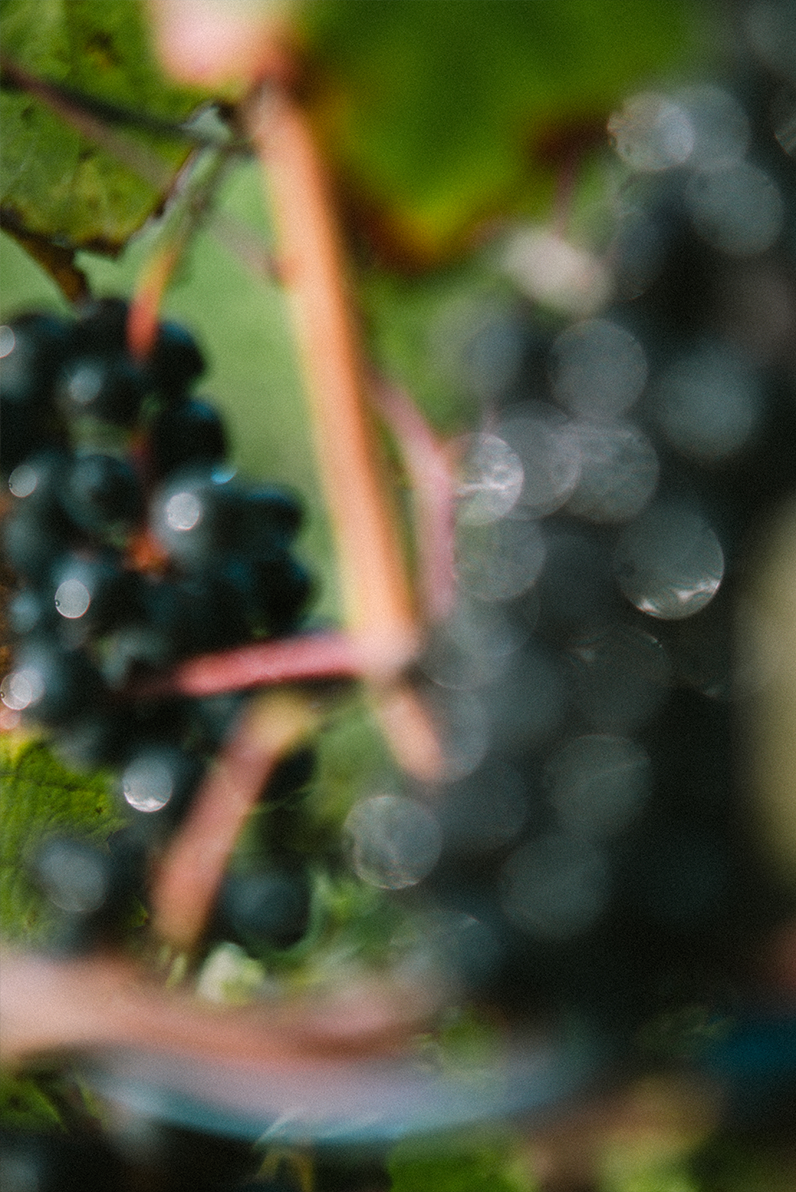
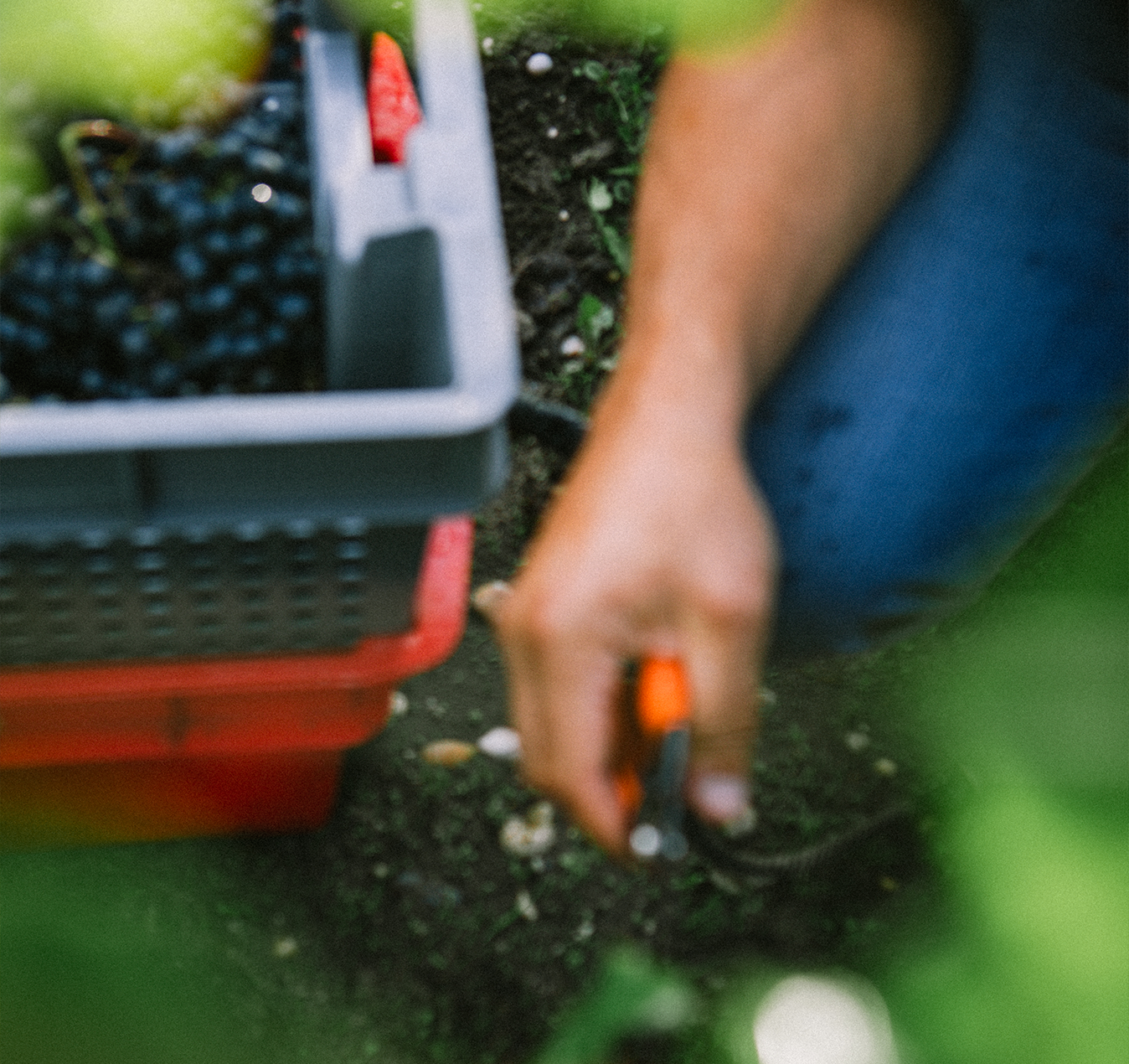
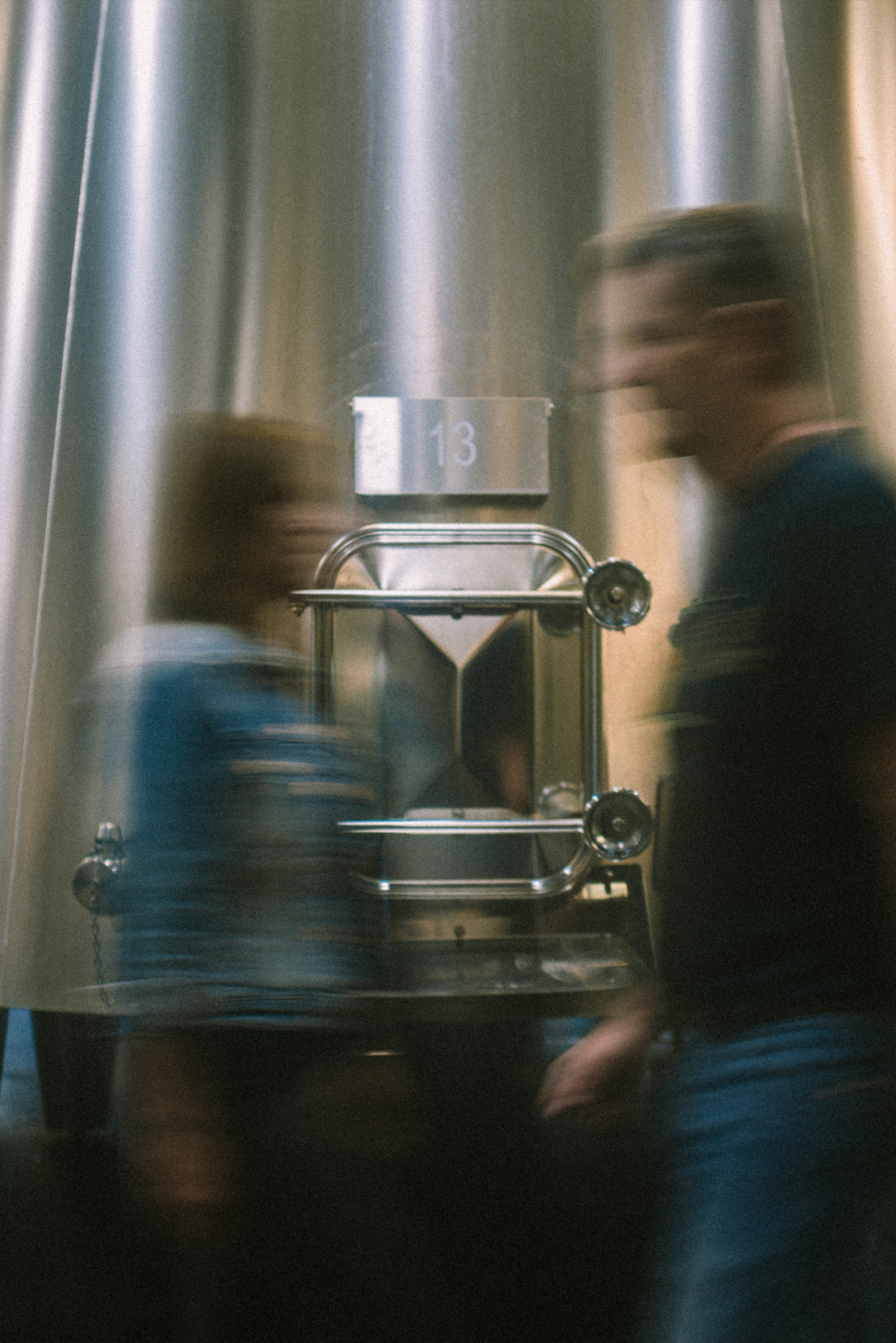
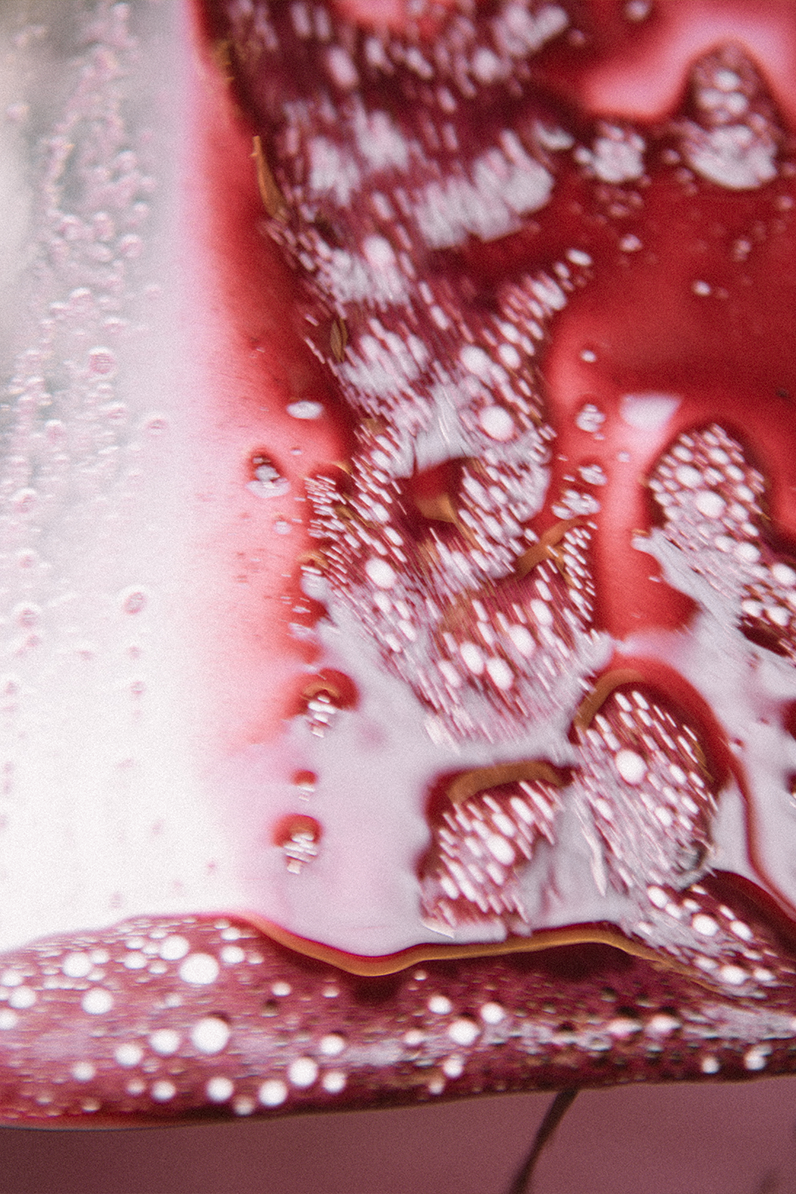




Act 4
After the rain...
A solid foundation of Cabernet Sauvignon – the power of Pauillac – imbued with the velvety grace of Merlot – the Comtesse signature style – topped off with a fresh sprinkling of Cabernet franc… The 2024 vintage is a work of patience and delicate attention to the fine details, with blending completed in early February.
To sum it up in a sentence?
“A rainy vintage is a ______________ vintage.”
Fill in the blank
But no: let the wine speak for itself. You all know the story: the relentless onslaught of Mother Nature, the hostile weather conditions at every turn.
Now imagine yourself in a warm, comfortable chalet. Put the Teskey Brothers on the turntable and listen to the patter of the rain through the window and through the speakers. Listen to this wine. Let it tell its own story. You may be surprised to encounter a sense of power, complexity and subtlety that defies expectations. It may even prove to be more gentle, silky smooth and flavoursome than its predecessors… That’s how cycles work. And after the rain…


Embark on a voyage to discover Pichon Comtesse vintages,
accompanied by music!
Like a film with its own soundtrack, in this playlist, each vintage has its own tune, a song which expresses our memories and feelings during a given year. Combining tastings and music, the songs will give you a glimpse of our history.
Back to top